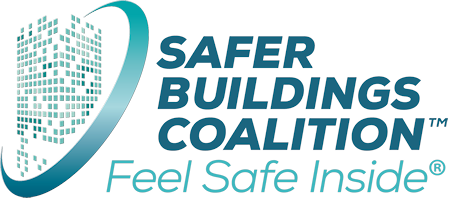Lightning Protection and NFPA 780 – Swing and a Miss!

Misapplication of NFPA 780 Standard for the Installation of Lightning Protection Systems to BDA systems results in enormous, unjustifiable cost. Currently, NFPA 1221 [Standard for the Installation, Maintenance, and Use of Emergency Services Communications Systems] specifies using NFPA 780 [Standard for the Installation of Lightning Protection Systems]. While well-intended, this is like using a bazooka to kill a fly. The new 1225 standard (due in 2022) will seek to correct this error. But jurisdictions enforcing this requirement today are needlessly driving up BDA system costs to unnecessary levels. Misapplication of NFPA 780 results in enormous, unjustifiable cost. 9.6.3* Systems shall have lightning protection that complies with NFPA 780. Here is what NFPA 780 (2017) says in Chapter 1: Scope: 1.1.2* This document shall address lightning protection of the structure but not the equipment or installation requirements for electric generating, transmission, and distribution systems except as given in Chapter 9 and Chapter 12. [Chapter 9 addresses Protection for Wind Turbines while Chapter 12 addresses Protection for Solar Arrays.] The key phrase from 1221 is “lightning protection that complies with NFPA 780.” The key phrase from NFPA 780 is: “This document shall address lightning protection of the structure but not the equipment or installation...” Public Safety Signal Booster Systems (using BDAs) are not a building, they are equipment installations. The only systems called out in NFPA 780 are Wind Turbines and Solar Arrays. BDAs are neither. Since BDAs are not buildings and BDA systems are not Wind Turbines or Solar Arrays, BDAs are by default compliant with NFPA 780 in the same way that hamburgers and hockey sticks are compliant with NFPA 780 – they are specifically excluded from the scope of the standard, therefore they are not capable of being non-compliant. We do get it The NFPA 1225 committee (the next version of NFPA code applicable to BDAs) gets it too. They have worked hard to correct this error found in earlier code versions and have written in better language and corrected references to more appropriate standards. NOTE: The current submittals to NFPA 1225 cited following reference NFPA 70 (NEC) Article 820. HOWEVER, it appears that Article 810 is more appropriate. An NFPA NITNAM (Notice of Intent to Make a Motion) to amend the language to refer to Article 810 is being prepared. The 1225 Second Revision contains the following language: (See 1225 2nd Draft here, in Chapter 18) 18.4.1 The donor antenna coaxial cable(s) shall be protected by antenna discharge units in accordance with Article 820 of NFPA 70.
18.4.2 The antenna discharge units shall be listed to UL 497C, Standard for Protectors for Coaxial Communications Circuits.
18.4.3 Each donor antenna coaxial cable(s) shall be provided with a listed antenna discharge unit in accordance with Article 820 of NFPA 70.
18.4.4 The antenna, antenna mast, and antenna discharge unit(s) shall be grounded in accordance with Article 820 of NFPA 70.
This is much more appropriate, as communications companies have been installing rooftop antennas for decades, and perfectly usable code language already exists in the National Electrical Code (NFPA 70). Recognizing that some AHJs are more comfortable with unambiguous language that cannot be misinterpreted, the committees are working on an NFPA TIA (Tentative Interim Amendment) to make them feel more comfortable. This, however, is a nice to have. AHJs can adopt the correct interpretation now. Jurisdictions enforcing NFPA 780 for BDA systems should amend lightning protection requirements now
First Responders, and Building Owners and their vendors, would greatly benefit from instead adopting the more appropriate standards from NEC and UL listed above. |

